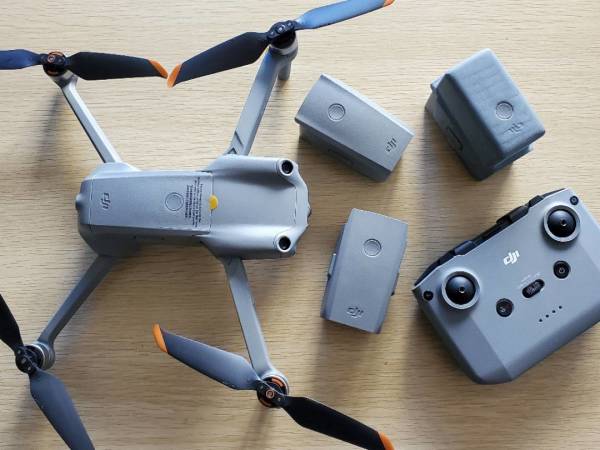The rapid evolution of drones is reshaping industries worldwide. Initially conceived for military endeavors, these unmanned aerial vehicles (UAVs) have expanded their use into entertainment, agriculture, environmental conservation, and numerous other fields. The urgency to explore the latest advancements in drone technology arises from the substantial impact these devices have on societal growth, innovation, and everyday life. So, what’s the current buzz surrounding drones? Their increasing popularity can be attributed to recent technological innovations and shifts in usage.
Cutting-edge Drone Features
One noteworthy trend is the miniaturization of drone components, allowing for sleeker designs while maintaining robust performance. Smaller drones, often called “micro drones,” facilitate surveillance, scientific research, and recreational activities with unprecedented ease and flexibility. Moreover, the advent of AI-powered drones is revolutionizing their capabilities, enabling autonomous navigation, intelligent obstacle avoidance, and precise tracking of objects or individuals. These features are particularly beneficial for monitoring wildlife without causing distress and for search-and-rescue missions in challenging terrains.
The Role of AI in Drones
AI integration into drone technology has ushered in a new era of data collection and analysis, making drones indispensable in industries like agriculture, where they assist in crop health assessment through detailed imaging and data analytics. Smart drones respond dynamically to environmental changes, optimizing their flight paths and data recording processes. The fusion of AI with drones has opened doors to improved efficiency in logistics and delivery services, reducing human labor costs while enhancing speed and accuracy.
has ushered in a new era of data collection and analysis, making drones indispensable in industries like agriculture, where they assist in crop health assessment through detailed imaging and data analytics. Smart drones respond dynamically to environmental changes, optimizing their flight paths and data recording processes. The fusion of AI with drones has opened doors to improved efficiency in logistics and delivery services, reducing human labor costs while enhancing speed and accuracy.
Environmental Impact and Conservation
Drone technology is actively participating in environmental conservation efforts. Equipped with cameras and sensors, drones monitor air quality, track wildlife populations, and assess ecosystem health. These applications provide accurate, real-time data crucial for creating sustainable solutions and informing conservation policies.
Drone Legislation and Challenges

With the proliferation of drones comes the necessity for structured legislation governing their use to ensure safety and privacy. As regulatory landscapes evolve, stakeholders must navigate complex legal frameworks that balance innovation with public security. Additionally, technical challenges such as battery life and signal interference are focal points for ongoing research and development.
Future Prospects and Innovations
Looking ahead, drones are poised to make significant inroads in multiple domains. Anticipated advancements include improved battery technology for extended flight times and enhanced communication systems for better control and coordination among multiple drones. Future developments promise exciting transformations across industries, enhancing productivity and decision-making processes.
FAQs
How does drone technology benefit agriculture? Drones provide high-resolution imagery, enabling better crop monitoring and management. They help farmers make informed decisions, ultimately increasing yields and reducing waste.
Are drones safe to use in residential areas? While drones pose potential privacy concerns, advancements in technology and the enforcement of regulations aim to mitigate these risks. Ensuring responsible use requires adherence to established guidelines.
What challenges do drones face in logistics? Battery limitations and regulatory hurdles can impede drone effectiveness in logistics. However, continuous advancements are addressing these challenges, promising a more efficient and safe implementation of drones in delivery services.